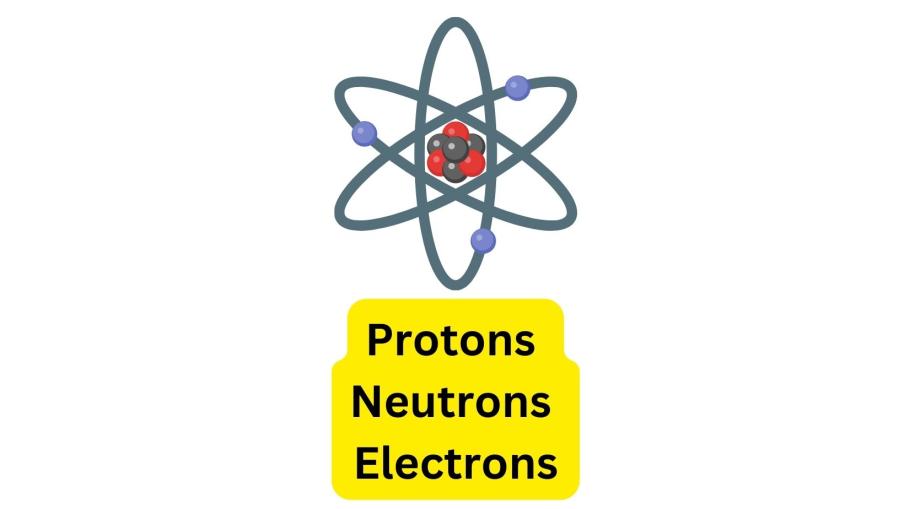What are the Northern Lights and How Do They Work?
The Northern Lights, also known as Aurora Borealis, are a natural light display in the Earth's sky, primarily visible in high-latitude regions. These mesmerizing celestial phenomena have captivated people for centuries, inspiring awe and wonder. In this article, we delve into the scientific explanation behind the Northern Lights, explore their colors and patterns, discuss their cultural significance, and highlight ongoing research in this fascinating field.

I. Scientific Explanation
A) Solar Wind And Geomagnetic Field Interaction:
- Solar Wind: The Northern Lights are a result of the interaction between the solar wind and the Earth's geomagnetic field.
- Earth's Magnetic Field Lines: The Earth's magnetic field lines extend from the magnetic poles towards the equator, forming a protective shield around the planet.
- Interaction: Charged particles from the solar wind, primarily electrons and protons, encounter the Earth's magnetic field lines and are guided towards the magnetic poles.
B) Acceleration And Collision:
- Acceleration: As the charged particles approach the magnetic poles, they are accelerated along the magnetic field lines towards the Earth's atmosphere.
- Collisions: The accelerated particles collide with atoms and molecules in the atmosphere, primarily oxygen and nitrogen, at high altitudes (80-100 km).
- Energy Release: The collisions excite the atoms and molecules, causing them to release energy in the form of light, resulting in the beautiful aurora displays.
II. Colors And Patterns
A) Color Variations:
- Green: The most common color of the Northern Lights, caused by the excitation of oxygen atoms.
- Red: Less common, occurs when nitrogen atoms are excited, typically at higher altitudes.
- Other Colors: Rare occurrences of purple, blue, and yellow lights can be observed under specific conditions.
B) Dynamic Patterns:
- Curtains: Long, flowing sheets of light that drape across the sky, often resembling celestial curtains.
- Rays: Narrow beams of light that shoot upwards from the horizon, resembling searchlights.
- Coronas: Oval or circular shapes that form around the magnetic pole, resembling a celestial crown.
III. Location And Visibility
A) Geographic Distribution:
- High-Latitude Regions: The Northern Lights are primarily visible in high-latitude regions, within the auroral zones of both the Northern and Southern Hemispheres.
- Best Viewing Locations: Scandinavia, Alaska, Canada, and Iceland are popular destinations for aurora viewing due to their proximity to the auroral zones.
B) Seasonal And Time Variations:
- Winter Months: Aurora displays are more frequent during the winter months, when the nights are longer and the skies are darker.
- Late Evening to Early Morning: The best viewing times for the Northern Lights are typically between late evening and early morning hours, when the sky is darkest.
IV. Cultural Significance And Mythology
A) Indigenous Beliefs And Legends:
- Dancing Spirits: Many indigenous cultures have stories and legends about the Northern Lights being spirits dancing in the sky.
- Good Luck and Fertility: In some cultures, the aurora is associated with good luck, fertility, and guidance.
B) Modern Cultural References:
- Art, Literature, and Music: The Northern Lights have been a source of inspiration for artists, writers, and musicians throughout history.
- Symbol of Beauty and Wonder: The aurora is often seen as a symbol of natural beauty, wonder, and the vastness of the universe.
V. Scientific Research And Future Studies
A) Ongoing Research:
- Solar Activity and Aurora Displays: Scientists are studying the connection between solar activity, such as solar flares and coronal mass ejections, and the occurrence of aurora displays.
- Climate Change Impact: Researchers are investigating how climate change may be affecting aurora patterns and frequency.
B) Future Directions:
- Space Missions: Future space missions aim to study the aurora from different perspectives, providing valuable insights into their behavior and origins.
- Aurora Forecasting Tools: Scientists are working on developing tools to forecast aurora displays, enabling enthusiasts to plan their viewing experiences.
VI. Summary
The Northern Lights are a mesmerizing natural phenomenon that has captivated people for centuries. The interaction between the solar wind and the Earth's geomagnetic field gives rise to these celestial displays, resulting in breathtaking colors and patterns in the sky. The aurora's cultural significance and scientific importance make it a subject of ongoing research and fascination. Whether witnessed in person or through captivating images, the Northern Lights continue to inspire awe and wonder, reminding us of the beauty and mysteries of the universe that surrounds us.
YesNo

Leave a Reply